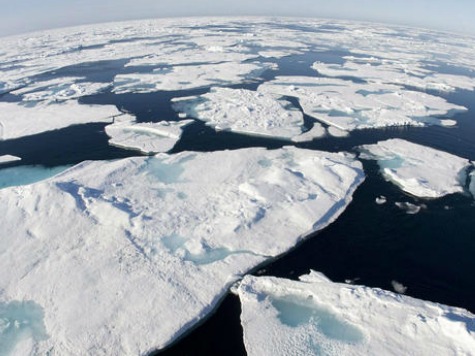Polar sea ice increased 50% over last year, growing from 6,000 to 9,000 cubic kilometers when compared to the same period in 2012. Moreover, this year’s multi-year ice is 30 cm thicker than last year, and scientists claim that thick, multi-year ice indicates healthy Arctic sea-ice cover.
Past satellite missions showed a decline in Arctic Ocean ice over the last few decades. However, the actual volume of sea ice has proven difficult to determine because it moves around, so its thickness can change. The CryoSat-2 satellite has provided Scientists with information that, for the first time, allows them to accurately measure ice thickness.
“We didn’t expect the greater ice extent left at the end of this summer’s melt to be reflected in the volume. But it has been, and the reason is related to the amount of multi-year ice in the Arctic,” said Rachel Tilling from the UK’s Center for Polar Observation and Modeling, who spearheaded the study.
Climate Change advocates still warn that this increase in ice volume does not indicate a reversal in the long-term trend. CryoSat-2 measurements demonstrate that the Earth’s climate might not be warming, but it is changing.

COMMENTS
Please let us know if you're having issues with commenting.